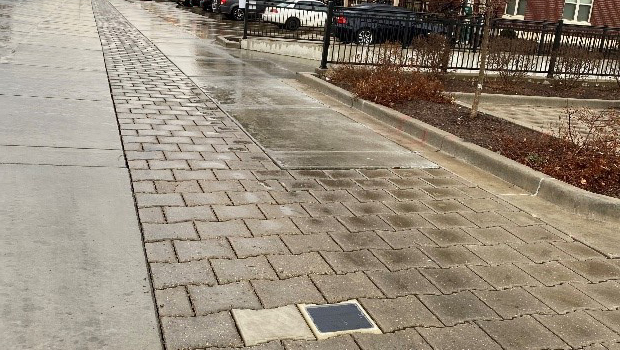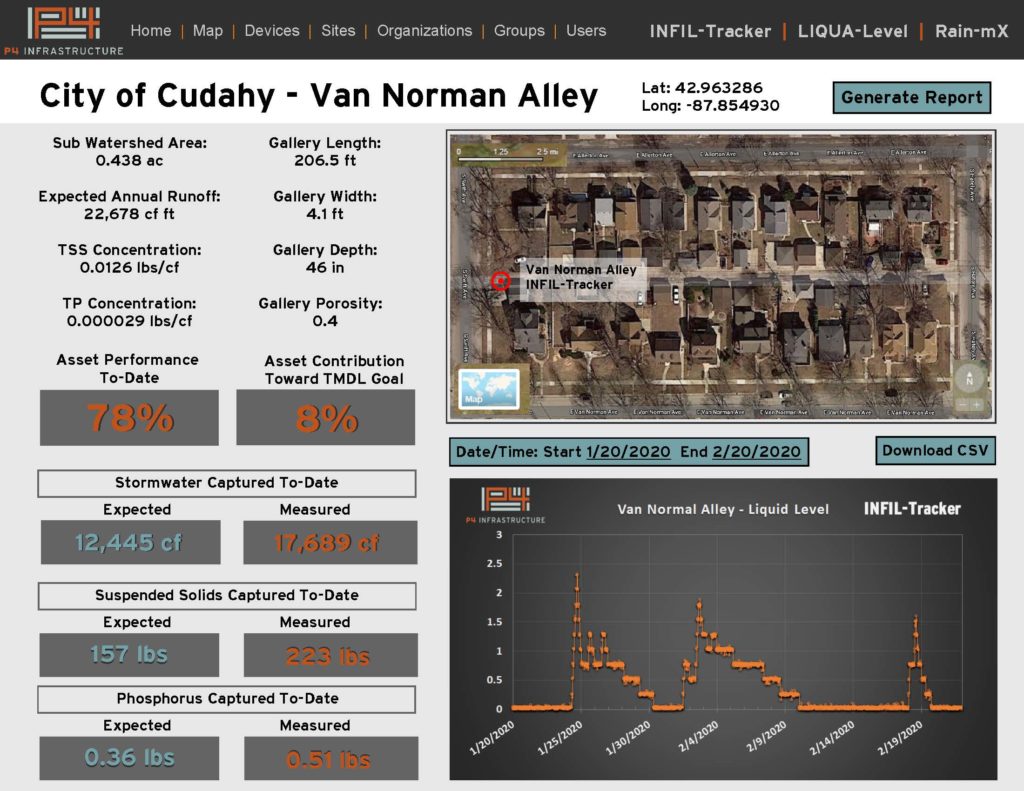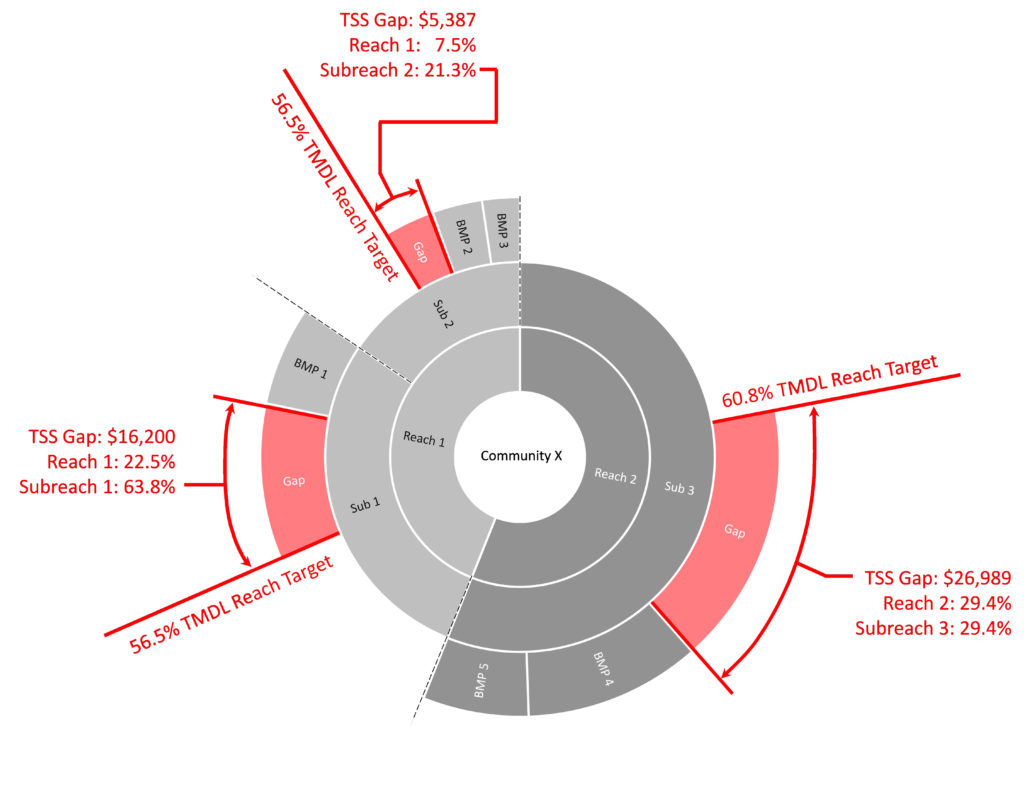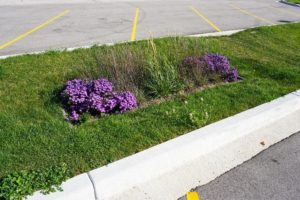
24 Jun 2020 The Best Kept Stormwater Management Secret You Need to Know About
What if your stormwater management system is working better than was designed, and you aren’t getting the pollution reduction credits you deserve? You may potentially be accruing thousands of dollars in additional unneeded infrastructure and maintenance costs. Applying theoretical pollutant removal data to stormwater management systems typically will meet compliance regulations. However, without real time volume capture information, state and local agencies, nonprofit organizations, and developers are assuming that their stormwater management assets are performing at the designed limitations.
 We recently had an eye opening experience with a volume monitoring project in Cudahy Wisconsin that indicates stormwater management assets are removing total suspended solids and phosphorus at levels that are 30% to 70% more efficiently than was originally designed. Systems that are outperforming design expectations may offer valuable economic opportunities such as:
We recently had an eye opening experience with a volume monitoring project in Cudahy Wisconsin that indicates stormwater management assets are removing total suspended solids and phosphorus at levels that are 30% to 70% more efficiently than was originally designed. Systems that are outperforming design expectations may offer valuable economic opportunities such as:
- Pollution reduction credits and trading
- Focused stormwater management asset planning and implementation strategies
- Data based funding and grant application support
- Reduced maintenance based upon actual, verifiable need.
CBC Engineers, a KBJW Company, and P4 Infrastructure have developed a cutting edge stormwater compliance solution that measures the actual volume of runoff captured, computes and compares the pollutant removal efficiency of the system with regulatory standards, and controls the discharges of underdrains to achieve the maximum infiltration capability of the BMP asset. This is done by integrating strategic water quality planning, asset management, and regulatory standards with real time rainfall and runoff volume monitoring.
 Across the nation the local governments and the US EPA have approved MS4 Permits and Total Maximum Daily Load (TMDL) requirements on countless communities, counties, and drainage districts. To comply with the permits, non-point pollution reduction requirements, watersheds are delineated and appropriate best management practices (BMPs) are identified, designed, and implemented. Typically, design of BMPs are based upon commonly used computer software that will compute hydrology, hydraulics, and non-point pollution annual loads such as total suspended solids and phosphorus. Rainfall distributions and intensities, that are used in these analyses, are dictated by state and local ordinances. With each new BMP installed, documenting compliance is derived using these computer models. The actual performance of the BMP asset, whether it is a wet pond, permeable pavement system or a biofilter, is unknown. This information is important because if the BMP is over-performing, the owner of the asset should be able to receive those additional pollution reduction credits that are necessary to achieve permit compliance. On the other hand, if the asset is under-performing, maintenance and retrofits may be needed to improve the performance of the asset.
Across the nation the local governments and the US EPA have approved MS4 Permits and Total Maximum Daily Load (TMDL) requirements on countless communities, counties, and drainage districts. To comply with the permits, non-point pollution reduction requirements, watersheds are delineated and appropriate best management practices (BMPs) are identified, designed, and implemented. Typically, design of BMPs are based upon commonly used computer software that will compute hydrology, hydraulics, and non-point pollution annual loads such as total suspended solids and phosphorus. Rainfall distributions and intensities, that are used in these analyses, are dictated by state and local ordinances. With each new BMP installed, documenting compliance is derived using these computer models. The actual performance of the BMP asset, whether it is a wet pond, permeable pavement system or a biofilter, is unknown. This information is important because if the BMP is over-performing, the owner of the asset should be able to receive those additional pollution reduction credits that are necessary to achieve permit compliance. On the other hand, if the asset is under-performing, maintenance and retrofits may be needed to improve the performance of the asset.
If owners of multiple BMP assets understand their real performance capabilities, future improvements and maintenance budgets can be modified based on real time data and not theoretical models, perceived maintenance requirements, or unplanned asset implementations. Additionally, where stormwater credit trading is available to landowners, understanding the actual performance of an asset, rather than a computed credit limit, may equate to additional dollars earned through credit sales. Until recently, this type of tracking and measuring was unavailable to asset owners. Benefits such as data driven maintenance scheduling, reduced future infrastructure costs, real time compliance monitoring and reporting, and actual stormwater trading credits, can now be realized.
 Our collaborative initiative promotes the integration of the monitoring hardware into your BMP assets. This allows engineers to assist with future maintenance decisions, improvement budgets, strategic design and implementation planning, and compliance reporting. To learn more about our innovative solutions and how we can help you with your stormwater assets please contact Todd Weik at toddweik@cbceng.com or 262-219-2938.
Our collaborative initiative promotes the integration of the monitoring hardware into your BMP assets. This allows engineers to assist with future maintenance decisions, improvement budgets, strategic design and implementation planning, and compliance reporting. To learn more about our innovative solutions and how we can help you with your stormwater assets please contact Todd Weik at toddweik@cbceng.com or 262-219-2938.

